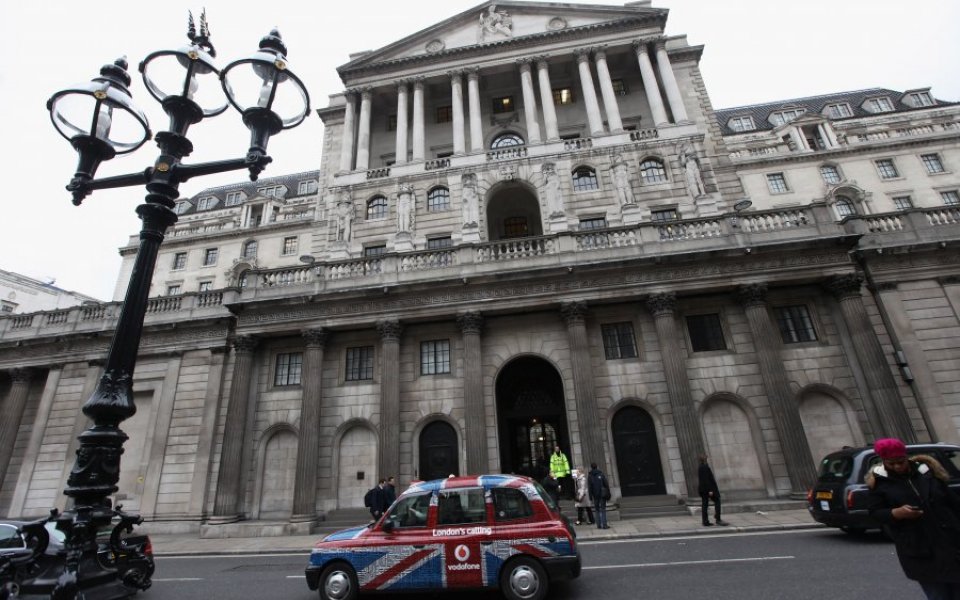Bank Junction is dysfunctional, dangerous, congested and polluting – but can be improved

Quite simply, the Bank Junction is so busy that it is not possible to achieve effective traffic flows or safe pedestrian movement. At the morning peak hour 18,000 pedestrians, 1,600 cyclists, 1,400 cars and 220 buses cram into this restricted space, a space not worthy to form the heart of this great City.
So what can we do about it? The City has had the Bank Junction in its sights for some years, but the rising casualty figures in the City – particularly for vulnerable road users – have given urgency to finding a solution. Now, with new up-to-date modelling data being recently available, we think we’ve found a path to one.
We consider that we can create a safer and better junction by eliminating one or more arms of the present seven arm junction and preventing motorised vehicles using it, except for buses and cyclists. This will be good for all road users. Good for pedestrians and cyclists, who will get more space (currently cars take 63 per cent of the space but carry 21 per cent of the people). Good for car drivers, who will be able to travel around the junction and reach their destinations more efficiently. Good for buses, which will move more quickly through the City. Good for taxis with new ranking facilities. Good for the safety of all vulnerable road users. And good for every one of us, as it will improve air quality.
The redesign of the Bank Junction is not an easy task. The modelling to date has revealed four options worth close examination and in this we need to collaborate with TfL on the road network and with London Underground on the Bank Station Upgrade and consult with stakeholders. This will all take some years.
But to achieve safety benefits more quickly we intend to bring in an interim measure which is to stop vehicles using the junction during the working day except cyclists and buses. This could be in place by late 2016, and will remain in place while we consult on, and build any major reconfiguration for the Bank Junction.
The City has some experience in this area – Holborn Circus, for example, used to be a City accident black spot. In the six months before the junction was redesigned, there were four casualties. Since it was completed, there have been no casualties. The benefits really have been for all. We’re delighted with the success of that project, and that’s what we hope to achieve at Bank Junction. And at Aldgate we are eliminating a major traffic gyratory, creating a segregated lanes for cyclists, a new major public space for pedestrians, workers, local people and families, two-way streets for vehicles, and simplified junctions.
Our Streets & Walkways Committee meets on November 30 to take this process to the next stage. The City is committed to safety for all City users, and we are working to make a safer City a reality.
Michael Welbank is an architect, town planner and mediator graduate of University College London. Following positions in private practice, local government and central government, the majority of his career has been as a director of the international consultancy, Shankland Cox and latterly as a director of Entec UK, involved in a wide range of development, planning, environmental and conservation projects in the UK and overseas. He has been Chairman of the British Consultants Bureau, President of the Royal Town Planning Institute, Churchill Trust Fellow, Visiting Professor at Oxford Brookes University, Member of the Environmental Audit Board of Northumbrian Water; and Master of the Worshipful Company of Chartered Architects.